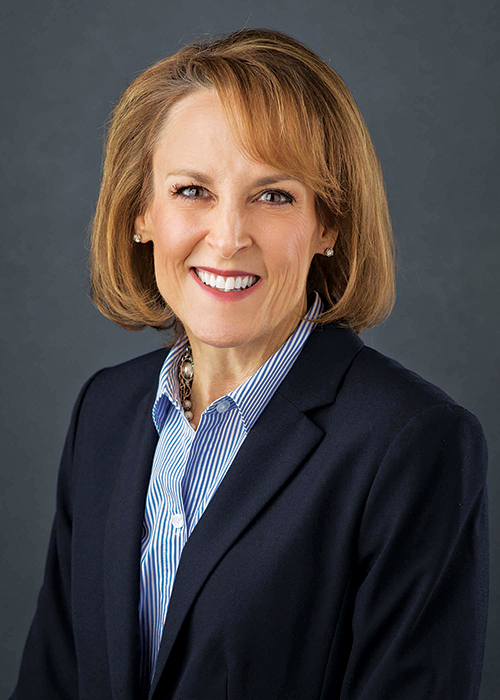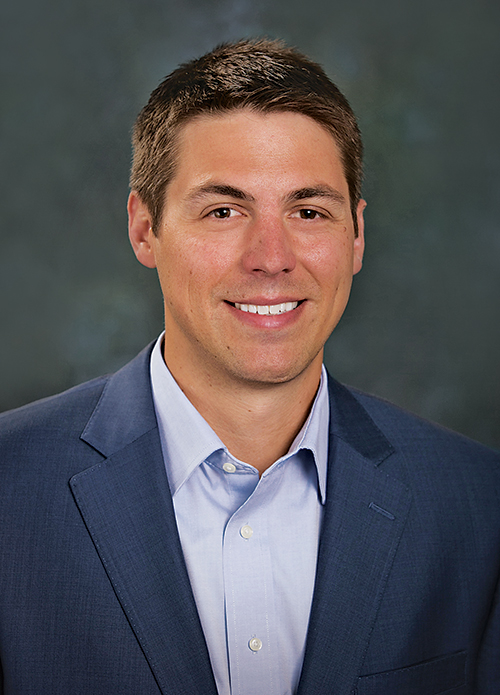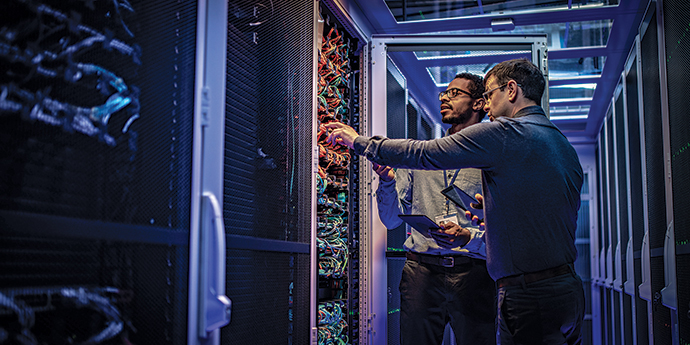Savvy location and utility teams know that attracting some of the red-hot data center capital investment market to their regions requires creativity. Data centers and large IT facilities are huge consumers of energy, so helping data centers implement sustainability initiatives is key to attracting these projects. Tempe-based Salt River Project (SRP) is doing this in Arizona with customers cognizant of the fact that they are operating in a desert environment. But they want to operate in the booming Phoenix metro.
“Our customers have a variety of motivations in pursuing sustainable operations and outcomes, and I think that applies to many businesses today regardless of where they are located,” says Kelly Barr, SRP’s Associate General Manager, Chief Strategy, Corporate Services & Sustainability Executive. “However, being in an arid region does raise different questions than it does in other parts of the country about the long-term availability of resources, particularly water. Fortunately, SRP and the State of Arizona have been leaders in developing proactive and cutting-edge water policies and practices to support economic development.

“In addition to being a major part of regional water management,” Barr adds, “SRP also has a key role to play in reducing carbon emissions, promoting electrification and electric vehicle adoption, reducing waste and improving our communities. Our customers look to SRP for guidance and expertise in all of those areas.”
Who benefits most from sustainability components built into new data center projects — the owner-operators or their end customers?
“Sustainability is important to our clients, our investors, and our company,” says SRP customer Matt Muell, Senior Vice President, Development, at EdgeCore, which operates a 1.25-million-square-foot data center campus in Mesa that can support 225 MW of critical load. “As large users of energy, our clients have demanding but varied goals for sustainable data center development and operation. SRP has shown a willingness to listen to those goals and to work to develop programs which address them in an economically feasible manner.”
Muell says SRP has helped with solutions that care for immediate renewable energy, sourcing renewable energy solely from SRP’s grid, finding or constructing net-new, long-term dedicated renewable energy, and energy-efficient operations of data center facilities with programs in place to incentivize energy-efficient equipment installation.
“Phoenix is a key data center market because of its proximity to Southern California, economic cost of power, minimal natural disasters and other reasons,” says Muell. “SRP strives to keep the economic advantage of power while also delivering the sustainable solutions demanded by some of the most sophisticated IT users in the world. Each of these items positions the data center industry well to serve that client base and support their ever-growing needs.”
Creativity Means Flexibility
That client base includes data center and IT companies looking for creativity that includes and goes beyond sustainability expertise. SRP is answering that challenge, as well, according to Travis Wright, Vice President of Energy and Sustainability at QTS Data Centers, a division of QTS Realty Trust. In January, QTS was named the Most Sustainable Company in the Data Center Industry by World Finance Magazine.
“QTS has a robust sustainability program, and one of the cornerstones is our commitment to 100% renewable power by 2025,” says Wright. “It’s one of the areas where SRP is a big focal point for us.” QTS has broken ground on a 210 MW data center complex in Phoenix, where SRP is the energy provider. Wright was recently named to the “Climate 50” by Data Economy Magazine, a sister publication of World Finance. The Climate 50 represents a list of the world’s most influential climate leaders who are driving change and the debate around global warming, climate change, sustainability and renewables across the data center and cloud sectors.

“SRP strives to keep the economic advantage of power while also delivering the sustainable solutions demanded by some of the most sophisticated IT users in the world.”
“SRP has been incredibly flexible and incredibly understanding of the fact that data centers require a slightly different product,” Wright relates. “They recognize that data centers bring something to their operations that most other customers can’t, which is a very large, very steady, high-resistive load. We end up with 95% load factors, which is just fantastic for their base load performance.”
The QTS footprint spans more than 6 million square feet of owned mega-scale data center space within North America and Europe. “We found an opportunity to come to Phoenix, which
is a fantastic, growing market. We found a partner in SRP who’s willing to be very flexible in their price plans and allow us to do things that are not so different from what we’re doing in deregulated markets. It was a great fit. This was a great opportunity for us.”
This Investment Profile was prepared under the auspices of Salt River Project. For more information, go to www.powertogrowphx.com.

